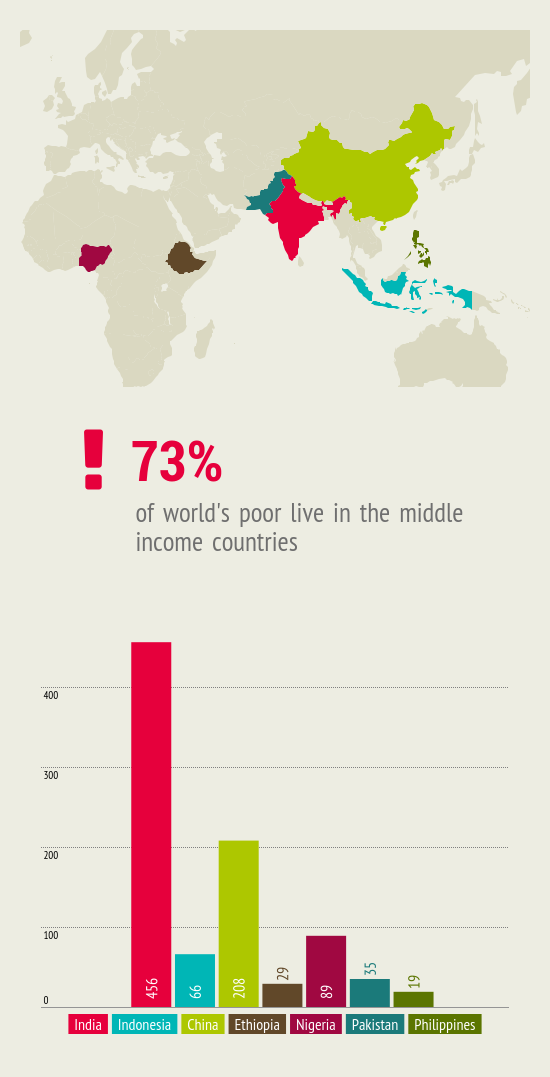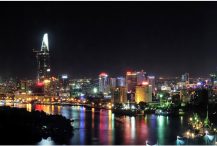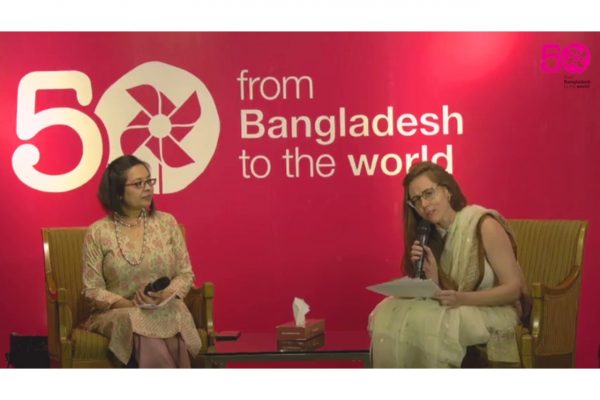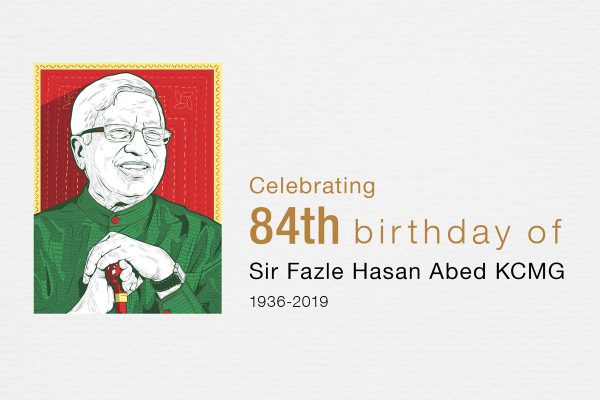Can old development models serve the new bottom billion?
Reading Time: 2 minutes
The sprawling and growing skyline of Ho Chi Minh City, the biggest city in Vietnam, is quite breath-taking. But do you notice anything else in the picture? Look across the river to the left and you will see a dark area, which is a slum. Welcome to the reality of middle-income countries- where a small percentage of the population enjoy the luxury that comes with economic growth but the rest are left behind. In this changing context, BRAC’s Frugal Innovation Forum 2015 poses the pressing question- Is the development sector up to date to tackle the emerging needs of the new bottom billion?
The sprawling and growing skyline of Ho Chi Minh City, the biggest city in Vietnam, is quite breath-taking. But do you notice anything else in the picture? Look across the river to the left and you will see a dark area, which is a slum. Welcome to the reality of middle-income countries- where a small percentage of the population enjoy the luxury that comes with economic growth but the rest are left behind. In this changing context, BRAC’s Frugal Innovation Forum 2015 poses the pressing question- Is the development sector up to date to tackle the emerging needs of the new bottom billion?
 On March 22-24, leading development practitioners, impact investing experts and social entrepreneurs will gather in Bangladesh to explore financially sustainable solutions for the development sector in the post-2015 era. As Bangladesh is movingtowards becoming a middle-income country by 2021, 43 millionpoor people will encounter the same problems plaguing the new bottom billion living in middle-income countries now. Similar to Bangladesh, many low-income countries in the global South are climbing up the economic ladder, though the poor remain poor despite the macroeconomic improvement. The silver lining is, there are pioneers in South and Southeast Asia who have successfully scaled up sustainable solutions for the bottom billion.
On March 22-24, leading development practitioners, impact investing experts and social entrepreneurs will gather in Bangladesh to explore financially sustainable solutions for the development sector in the post-2015 era. As Bangladesh is movingtowards becoming a middle-income country by 2021, 43 millionpoor people will encounter the same problems plaguing the new bottom billion living in middle-income countries now. Similar to Bangladesh, many low-income countries in the global South are climbing up the economic ladder, though the poor remain poor despite the macroeconomic improvement. The silver lining is, there are pioneers in South and Southeast Asia who have successfully scaled up sustainable solutions for the bottom billion.
Take the example of babajob.com, a frugal version of Linkedin for informal workers across India. It allows those without access to mainstream technology such as the internet or smartphones to find potential employers and vice versa. Aavishkaar is another interesting organisation that adopted Silicon Valley’s venture capital methodology to serve the low-income market segment by creating scalable social enterprises in rural regions across India. BRAC’s social enterprise Aarong is empowering 65,000 rural artisans in Bangladesh while building a globally reputed fair trade brand. All of these organisations have grabbed the opportunity to create sustainable enterprises in a changing environment by shifting from traditional notions of development to financially sustainable models that meet the market demand. At the forum, leaders of these organisations and many other experts will share their stories of scaling sustainably.
 Today BRAC has a portfolio of 16 social enterprises that are financially and socially profitable. The first day of the forum will give the participants a scope to see some of these enterprises’ activities in the field and the next two days will be all about learning from the leaders, sharing best practices and forming relationships for future collaborations. We invite all entrepreneurs, practitioners, policy makers, academics and others interested in these discussions to request an invitation today!
Today BRAC has a portfolio of 16 social enterprises that are financially and socially profitable. The first day of the forum will give the participants a scope to see some of these enterprises’ activities in the field and the next two days will be all about learning from the leaders, sharing best practices and forming relationships for future collaborations. We invite all entrepreneurs, practitioners, policy makers, academics and others interested in these discussions to request an invitation today!
We promise you won’t be disappointed.
Sheahan Bhuiyan is an intern with the BRAC Social Innovation Lab.






